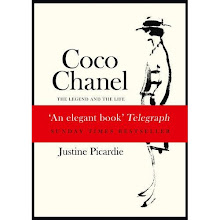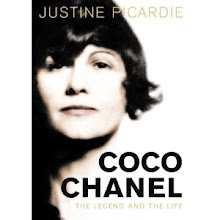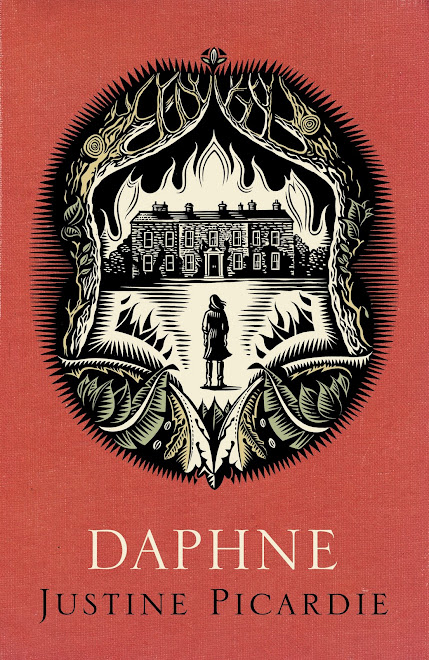 Neither a borrower nor a lender be... those words have been echoing in my (anxious) head today; because like everyone else, I'm worrying about our mortgage and the imminent collapse of the world as we know it (in that order; after all, it's important to get one's priorities right...).
Neither a borrower nor a lender be... those words have been echoing in my (anxious) head today; because like everyone else, I'm worrying about our mortgage and the imminent collapse of the world as we know it (in that order; after all, it's important to get one's priorities right...).The thing is, despite all my reading of the newspapers, and listening to the news on Radio 4, I still don't quite understand what President Bush's rescue of Wall Street is going to entail for those of us who aren't masters of the universe.
Anyway, in times of need, there's much to be said for returning to F. Scott Fitzgerald. He is brilliant on the subject of money (and the lack of it); ditto love. And madness. And disappointment. Everything, really... (which is why I regularly return to "Tender Is The Night"; somehow, it's bleakness is very bracing).
Here's my little piece about his short story, 'The Rich Boy', in today's Telegraph. Or you can read it here:
“Let me tell you about the very rich,” observed F. Scott Fitzgerald in ‘The Rich Boy’. “They are different from you and me. They possess and enjoy early, and it does something to them…” He wrote the story in 1926, three years before the Wall Street Crash, at a time when he and his wife Zelda were hailed as the brightest of the Bright Young Things.
But while the couple might have looked as if they had entered the gilded ranks of the rich, Fitzgerald was constantly short of money, and in debt to his agent and publisher. It was a state of affairs that was to continue throughout his life, and his relationship with money was as troubled as his marriage. His only child, Scottie, described it thus: “He worshipped, despised, was awed by, threw away, slaved for, and had a lifelong love-hate relationship with money…”
But ‘The Rich Boy’ is not a story of a desire for money, but of how money might erode desire. Indeed, its narrator describes how Anson Hunter, the rich boy of the title, is made emotionally poor by his wealth. He does not marry the girl that he truly loves, because he assumes that he already owns her heart (just as he owns everything else). This failure impoverishes his life, yet he seems unable to change, to commit himself truly to anyone; and a similar lack of emotional insight causes him to destroy another couple’s love affair, which leads to heartbreak and suicide. “Anson never blamed himself for his part in this,” and the end of the story suggests that he will continue along the same selfish path.
If there is some comfort to be had in Fitzgerald’s reminder that money cannot buy you love, his own story has a sadder conclusion. He died penniless at the age of 44, and Zelda eight years afterward, in 1948, when the mental institution where she was incarcerated went up in flames. Even so, it is worth remembering his letter to a friend, contemplating the far side of paradise, a place where earthly wealth was of no consequence: ‘Zelda and I could snuggle up together under a stone in some old graveyard… That is really a happy thought and not melancholy at all.”















